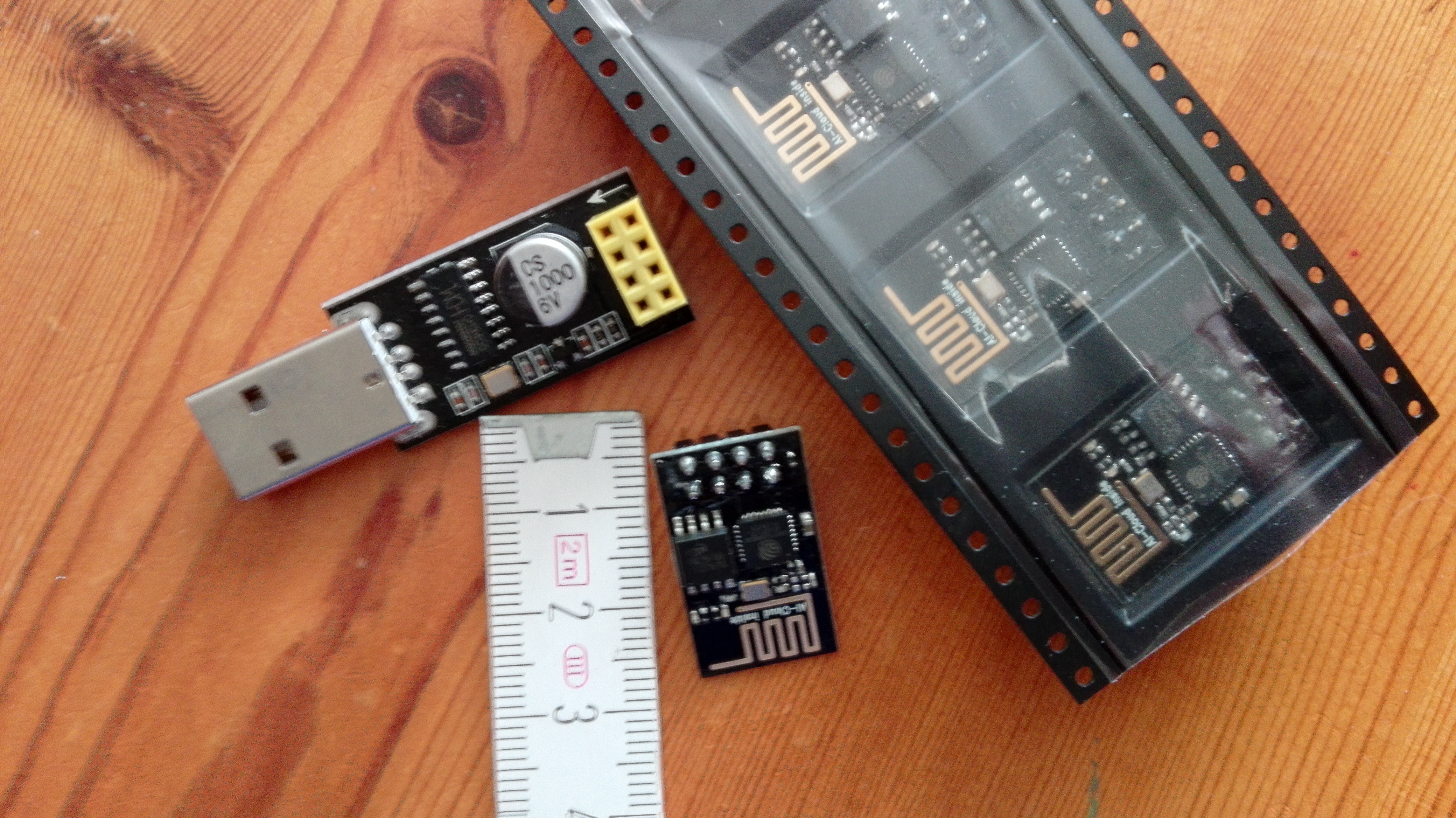I have three switch points lately in my garden railway – two PIKO R5 switches and one R7 switch. As I want to switch them remote controlled, I also bought the electrical actuator from PIKO, I am very satisfied with, because it is powerful and has rubber deals in order to get it water proof. To get it all complete, I also bought the switch point lights from PIKO. The lights from PIKO look great and convince by a solid plastic construction and LED lights, supporting the load of the power supply.
I installed the complete combination of switch, actuator and light to the final destination, but I realized real quick, that it is not working as expected. So I investigated a bunch of ours to understand, why it is not working. I mechanically disconnected the lights again and it was working again. I strictly observed, that no gravel or dust may block the mechanism and gook everything with oil. The issue seems to be, that the force is transferred over a plastic elbow angle, that seems to cant the mechanism.
After several disappointments I decided to order a light from LGB and tested it. There are several differences between both products. First difference is, that the LGB device it screwed to the actuator by two screws instead of just one, which is increasing the stability. Second difference is, that LGB is using a light bulb instead of a LED. I see this as a disadvantage, because this is putting additional load on the power supply. Third difference is the light cap. PIKO just glued it on top, which is not really a protection – especially if the tracks are outdoors. The light cap of LGB is mechanically pushed and locked. So snow, wind and heavy rain doesn’t have any impact. The forth and most important difference is the mechanical composition. It doesn’t have an angle and is straight forward. So there is no possibility to cant. In some first experiments, the light was blocked as well, but the reason was clarified pretty soon. The pin, that got clipped to the actuator, is moving very close to the lamp socket. I took a sharp cutter knife and smoothen down the edges of the pin. Now it moving in perfection without any issues.
My recommendation is to use switch point lights from LGB in future. They are more expensive and need a higher current, but from a mechanical perspective LGB work way better.
